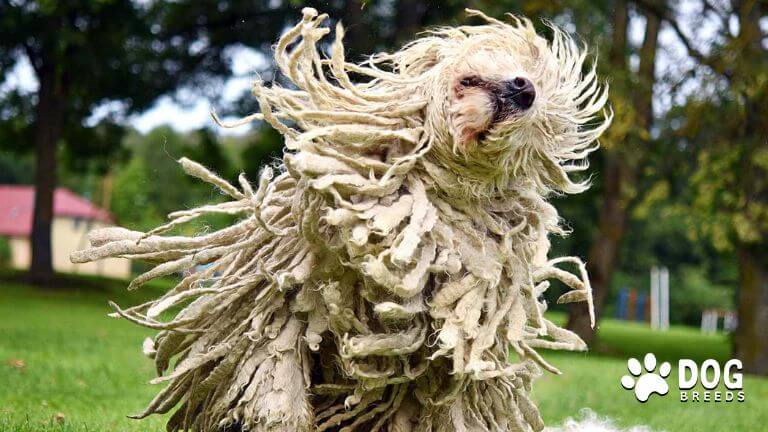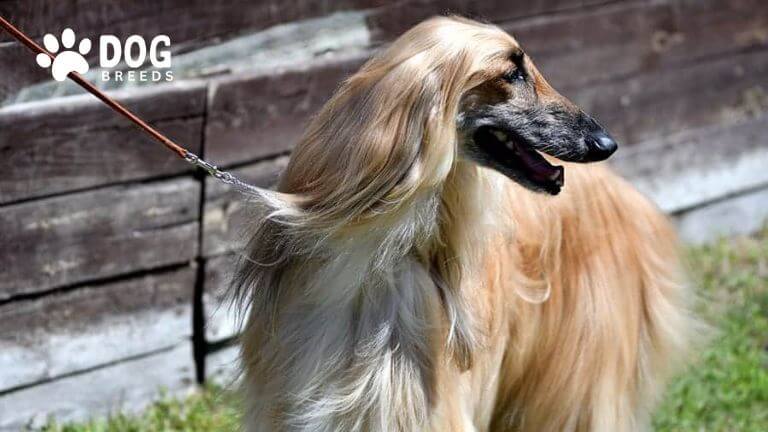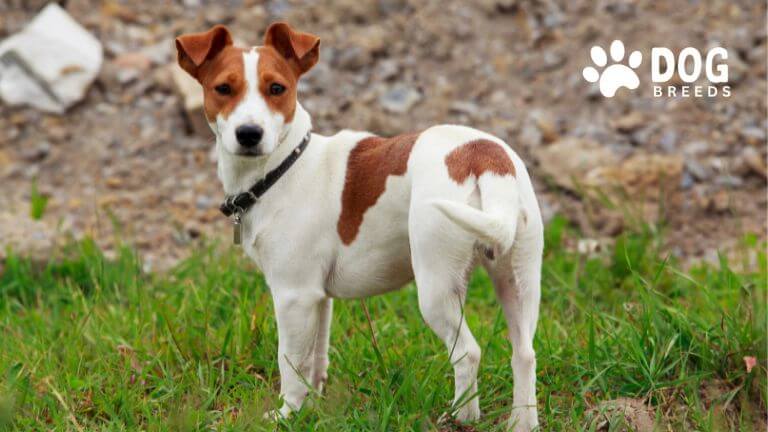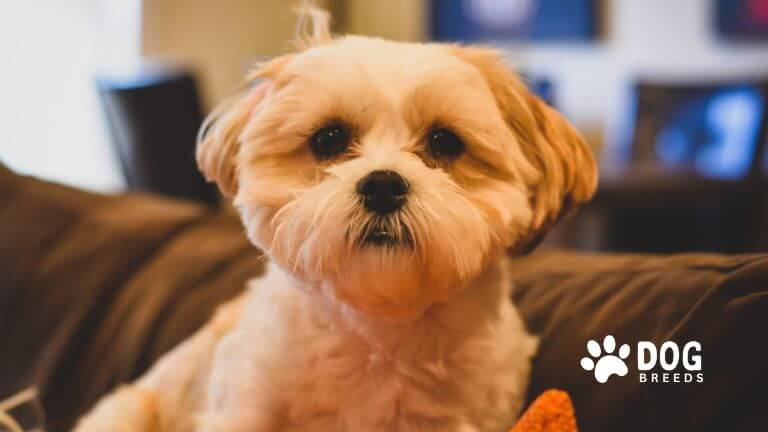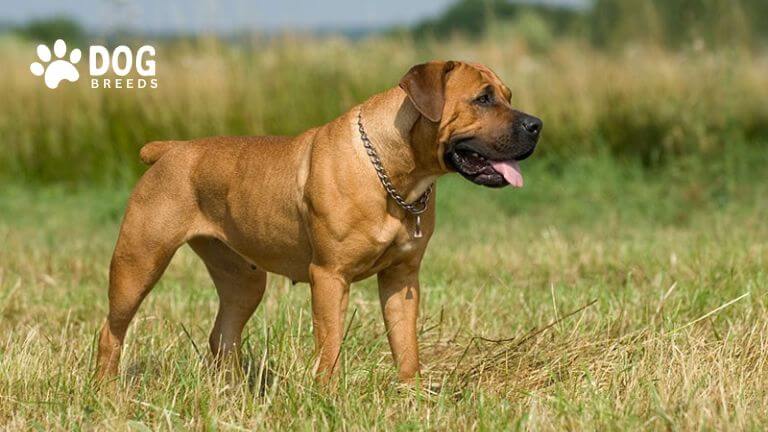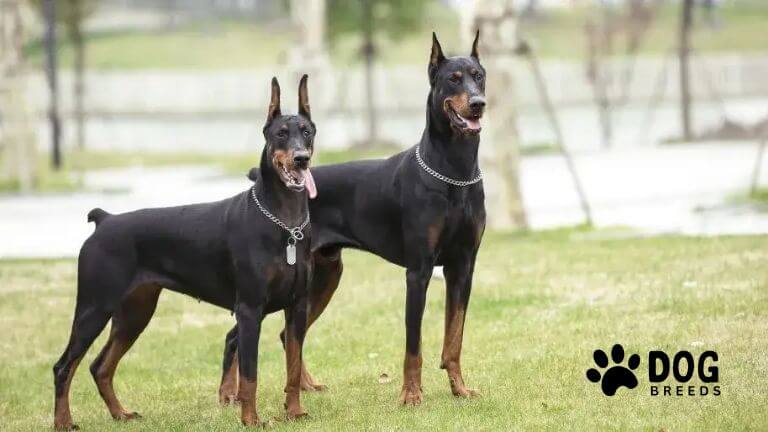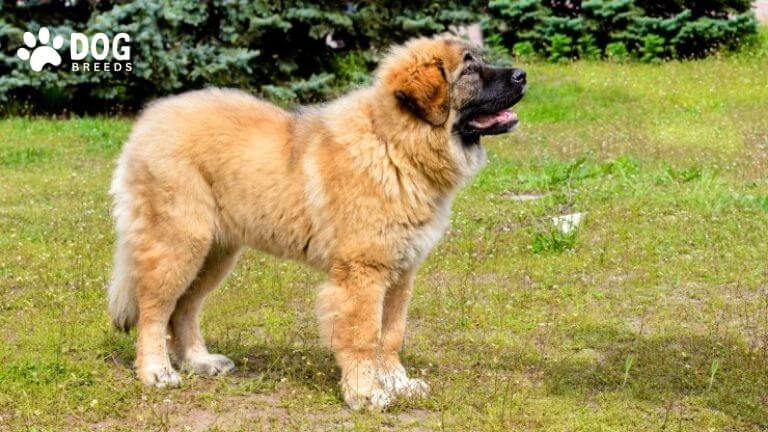Komondor Dog Breed Guide – Traits, Care, and History
The Komondor is a unique and majestic dog breed, easily recognized by its distinctive corded coat, which resembles thick dreadlocks. Originating from Hungary, the Komondor was bred as a livestock guardian tasked with protecting sheep and cattle from predators. This breed’s striking appearance and strong protective instincts make it a fascinating choice for experienced dog owners seeking a loyal and dependable companion.
Komondor Dog Breed Overview
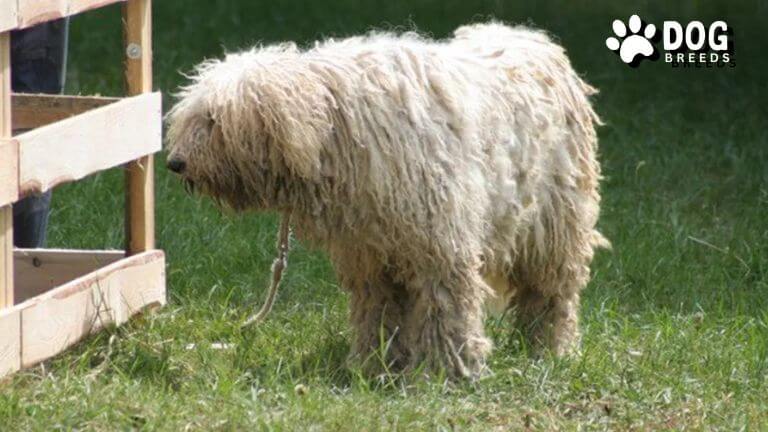
| Breed Group | Working Group (Livestock Guardian) |
| Origin | Hungary |
| Size | Large |
| Height | Males: 27.5+ inches, Females: 25.5+ inches |
| Weight | Males: ~100 pounds, Females: ~80 pounds |
| Lifespan | 10–12 years |
| Coat Type | Long, corded, and dense |
| Coat Color | White |
| Temperament | Loyal, protective, independent, intelligent |
| Energy Level | Moderate |
| Grooming Needs | High – Regular maintenance of the corded coat to prevent matting |
| Exercise Needs | Moderate – Daily walks and ample space to roam |
| Training | Requires consistency and patience; early socialization is essential |
| Health Concerns | Hip dysplasia, bloat (gastric torsion), and ear infections |
| Best For | Experienced dog owners with space (large yards or rural areas) |
| Compatibility | Good with children and other pets if well-socialized early |
| Special Features | Distinct corded coat resembling a mop, historically bred to guard livestock |
| Nicknames | Mop Dog |
Komondor Physical Characteristics
Komondors are large and powerful dogs. Adult males typically stand 27.5 inches or taller, while females are slightly smaller, standing at a minimum of 25.5 inches. They weigh between 80 to 100 pounds, with some males exceeding this range. The Komondor’s iconic white, corded coat is more than an aesthetic feature; it protects against harsh weather and predators. However, maintaining this coat requires significant effort, as it is prone to matting and must be kept clean and dry to avoid skin issues.
Temperament and Behavior
Komondors are known for their loyal and protective nature. They form strong bonds with their families and are naturally wary of strangers, making them excellent guard dogs. Their intelligence and independence can pose challenges during training, especially for first-time dog owners. Early socialization and consistent training are crucial to help them adapt to various environments and curb any territorial tendencies.
Health and Lifespan
Like all breeds, Komondors are prone to specific health issues. Common concerns include:
- Hip Dysplasia: A genetic condition affecting the hip joint.
- Bloat (Gastric Dilatation-Volvulus): A life-threatening condition requiring immediate attention.
- Elbow Dysplasia and Entropion: Less common but notable concerns.
Regular veterinary check-ups and a balanced diet can help mitigate these risks. Komondors typically live 10 to 12 years.
Care and Grooming
Caring for a Komondor requires commitment, especially for grooming. Their corded coat must be separated by hand regularly to prevent matting. Bathing is infrequent but requires thorough drying to avoid dampness-related skin problems. Additionally, regular nail trimming, ear cleaning, and dental care are essential.
Komondors need moderate exercise to stay healthy and happy. Daily walks and secure play areas are ideal. They thrive on a high-quality diet tailored to their size, age, and activity level.
Living Environment and Compatibility
Komondors do best in homes with large, securely fenced yards where they can patrol and exercise. While they are generally good with children and other pets, supervision is important due to their size and protective instincts. Early exposure to various people, animals, and situations helps them become well-rounded companions.
Training and Socialization
Training a Komondor requires patience and consistency. Positive reinforcement techniques, such as treats and praise, work best. Socialization from an early age helps them become more accepting of new experiences and reduces their natural wariness with strangers. Owners should establish themselves as confident leaders to gain the Komondor’s respect and cooperation.
History and Origin
The Komondor’s history dates back to ancient Hungary, where they served as guardians of livestock. Their corded coat was developed to blend in with sheep, providing camouflage and protection. Over time, their role expanded, and they became cherished for their loyalty and courage. Today, they continue to embody the traits that made them invaluable to Hungarian shepherds.
Fun Facts and FAQs
- Komondors are often called “mop dogs” because of their corded coats.
- Their coat is naturally water-resistant and helps regulate body temperature.
- Komondors are not hypoallergenic despite their unique fur.
- They are best suited for experienced dog owners due to their size and independence.
FAQs:
Are Komondors good with children?
Yes, with proper training and supervision, they can be excellent with children.
Do they require a lot of grooming?
Yes, their coat requires regular maintenance to prevent matting.
Are they suitable for apartments?
No, Komondors need ample space to move and exercise.
- Why Are Dalmatians Not Popular? Uncovering the Truth Behind the Rarity of This Iconic Breed - April 16, 2025
- Top 15 Chinese Dog Breeds: Discover the Best Dogs from China - April 14, 2025
- Dalmatian Dog Breed: History, Care, Personality & Health - April 3, 2025
